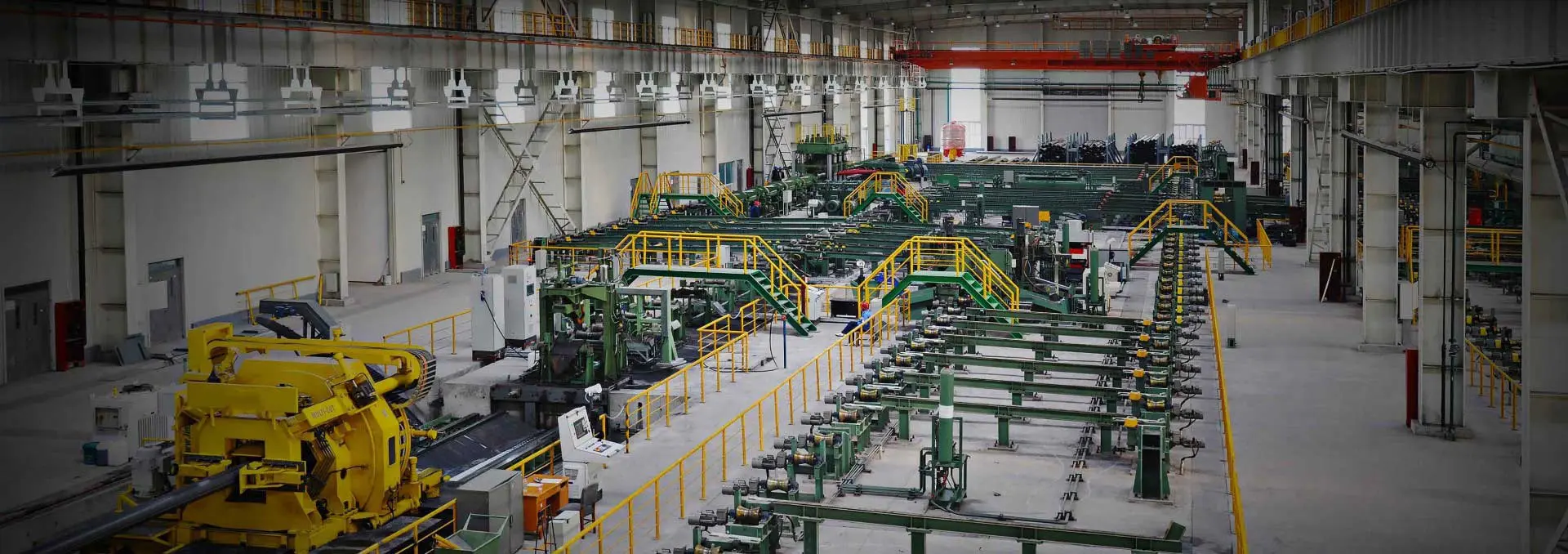Seamless steel pipe (SMLS) is a uniform hollow steel pipe without seams, created by heating and perforating a round billet. This process involves stretching and rotating the billet to form a seamless round pipe. In contrast, welded steel pipes are produced by curling steel plates or steel strips and welding the edges together, resulting in weld seams.
Key Differences Between Seamless and Welded Steel Pipes
1. Appearance Characteristics
- Seamless Steel Pipe:
Smooth Surface: No visible defects such as bumps, burrs, or cracks.
Uniform Cross-Sectional Area: Consistently circular cross-section with uniform diameter and wall thickness.
No Oxide Scale: Surface is free from rust, oxide scale, and other residues.
- Welded Steel Pipe:
Weld Marks: Presence of weld seams or melt marks inside or outside the pipe.
Surface Roughness: Generally rougher surface with potential welding slag particles.
2. Detection Methods
In addition to visual inspection, several detection methods can help identify whether a steel pipe is seamless or welded:
- Hand Feel Detection:
Seamless pipes feel smoother without burrs and have a more uniform texture compared to welded pipes.
- Internal Defect Detection:
Techniques such as ultrasonic testing or radiographic testing can detect internal defects like inclusions, bubbles, or cracks in seamless pipes.
- Magnetic Detection:
Seamless pipes, being relatively pure in material, exhibit good magnetic conductivity. This can be tested using a magnetic flaw detector or a handheld magnet.
- Pull-Out Test:
By pulling the middle part of the steel pipe while fixing both ends, seamless pipes generally do not show cracks, whereas welded pipes may crack at the welded joints.
- Stress Test:
In a water pressure test, seamless pipes can usually withstand greater pressure without leaking, whereas welded pipes are more likely to leak at the welds.
Application Differences
- Seamless Steel Pipes:
Used in high-pressure, high-temperature environments, and important mechanical equipment across industries such as chemical, petroleum, metallurgy, pharmaceutical, and food.
Suitable for both civil applications (e.g., construction, subways) and industrial sectors (e.g., oil, gas, chemical, electric power).
Due to their superior quality and performance, they are crucial for energy transportation and delivery tasks, requiring stringent quality control during production.
- Welded Steel Pipes:
More suitable for low-pressure and low-temperature situations, such as construction, bridges, water supply, drainage, air conditioning, automotive manufacturing, and steel structures.
Their internal welds make them less strong and more prone to leakage compared to seamless pipes.
By examining these characteristics and using the appropriate detection methods, one can effectively distinguish between welded and seamless steel pipes, ensuring their proper application and reliability in various settings.

 English
English Español
Español




 Tel : +86-18565811709
Tel : +86-18565811709 Email :
Email : 
 News
News




